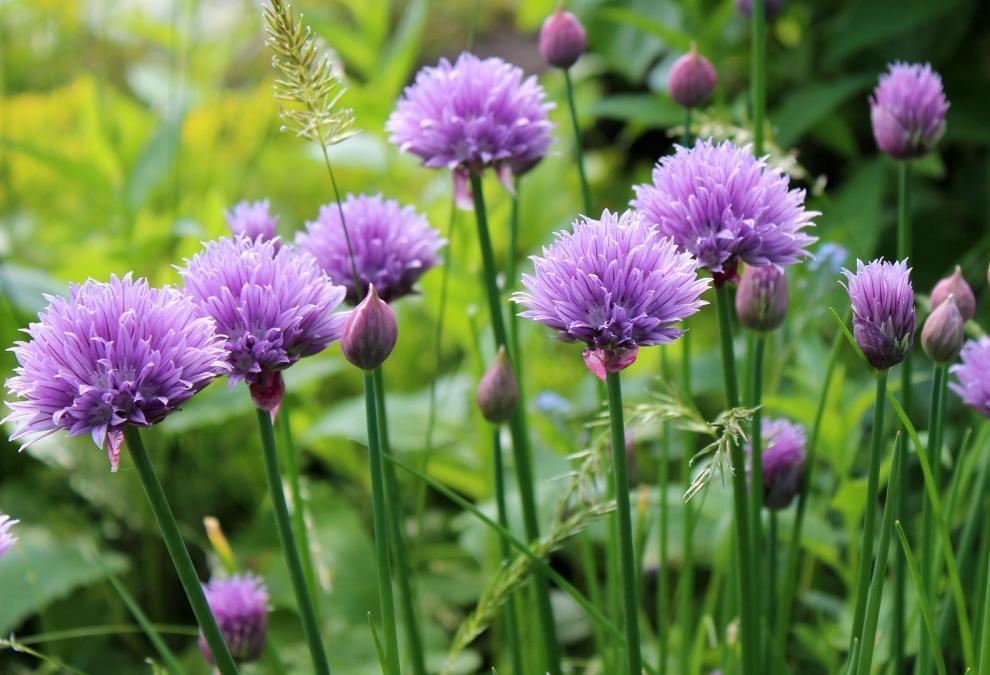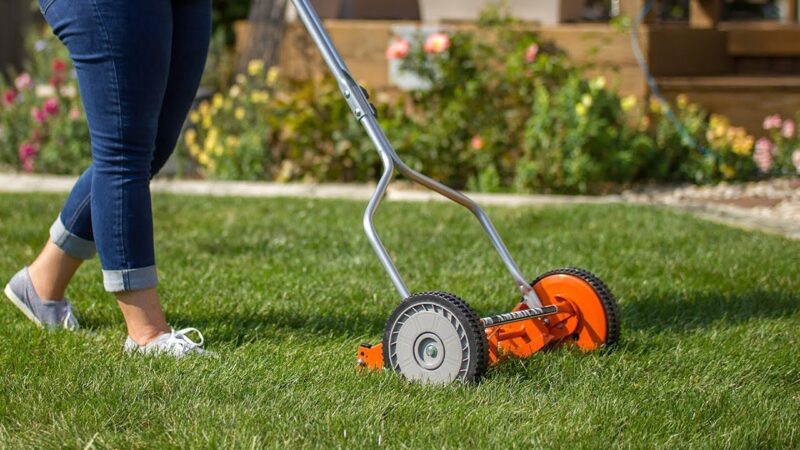How to Grow and Care for Chives Plant

Chives are a common ingredient in most kitchen. When in need of something greeny and full of flavor, chives are the go-to ingredient you’ll want, along with some other kitchen favorites like green onions. In fact, chives are actually a type of onion. They are just the herbs you need in your kitchen garden. Quite easy to grow and maintain, there should be no reason why you should shy away from growing this plant. This article will explain everything you need to know about growing chives. But before that, let us get to the basics and origin of this plant.
Family and Genus
Going by the scientific name Allium schoenoprasum, chives are a species of herbaceous, flowering plants that belong to the genus Allium and family Amaryllidaceae. If you have been looking for a perennial herb to grow in your garden, then chives are one of the best options for you. There are only immense benefits that you’ll get from planting this herb. And some of these reasons could be that you are interested in companion planting, you want organic herbs grown by yourself, or it could even be the fact that you want to attract more butterflies to your garden. Whatever your reason may be, growing chives is definitely one of the best solutions.
The plant produces edible leaves and flowers that are used in different forms in different recipes. Although the plant is native to the temperate regions of Europe, Asia, and North America, they are now widely used in all parts of the world. Chives are also close relatives of other common herbs like onions, shallots, leek, scallion, etc.
Features
A great feature of the plant is that it produces beautiful purple and star-shaped flowers, and the plant can also serve as the number one pollinator for your garden by attracting bees and butterflies in abundance. The flower also has insect repelling abilities that, by just planting them, you can control your garden and your other plants from pest attacks.
For culinary purposes, the different parts of a chive plant are used in different ways. For example, the green stalks of the plant, along with the unopened flower buds, are commonly used as an ingredient in soups and omelets. The flowers of the plant are not just used as a pollinator. Since they are edible, they can be easily used in salads.
The plant grows by forming slender and conical shaped bulbs and usually grow as dense clusters right from the roots. The leaves are thin, long, and grass-like. The stems of the plant can be hollow, thin and tubular and can grow up to 12 – 20 inches in height. The flowers typically grow in a dense inflorescence that is composed of 10 – 30 individual flowers. Both females, as well as male organs, can be found in a single flower.
How to Grow Chives

Chives are best grown during early spring so that they are just in time for a late spring or even early summer harvest. The soil should be moist, well-drained, and fertile. Before planting, it is advised to prepare the soil with at least 4 inches of organic matter. Even though the plants can thrive in light shade, they grow best when they are exposed to full sun.
The seeds should be sown with each plant 2 inches apart, and no deeper than a quarter of an inch in the soil. It is completely okay if your plant takes time to grow since seed germination itself can take at least a few couple weeks to happen. If you are from a cold frost region, make sure that you plant the seeds indoors first. This should be done at least 2 months before the onset of late spring frost.
Once they have been planted and start germinating, it’s practically very easy to take care of and maintain the plant. Remember that even though chives are drought resistant plants, it’s important to moist the soil regularly with watering.
Fertilizing and Aftercare
Chives don’t really require a fertilizer since they can grow well in nutrient-rich soil. However, if your soil is lacking in any aspect of richness or nutrient content, then it is advised to apply nitrogen-rich fertilizer, and that would do the trick. Once the flowers have bloomed, make sure that they are removed. This prevents seeds from being scattered all over the garden. Dividing the plants every 3-4 years is also a best practice in the cultivation of chives.
Although both chives and green onion belong to the same family, they are different from each other. While green onions have slender and white onion bulbs, chives have bulbous and tiny bulbs.
Each chive can taste differently depending upon the variety; however, chives usually have a mild oniony flavor.
Yes, chives are quite an expensive herb, and this is all the more reason why you should plant it yourself at home. You don’t need to waste extra money and still get all your things done.





